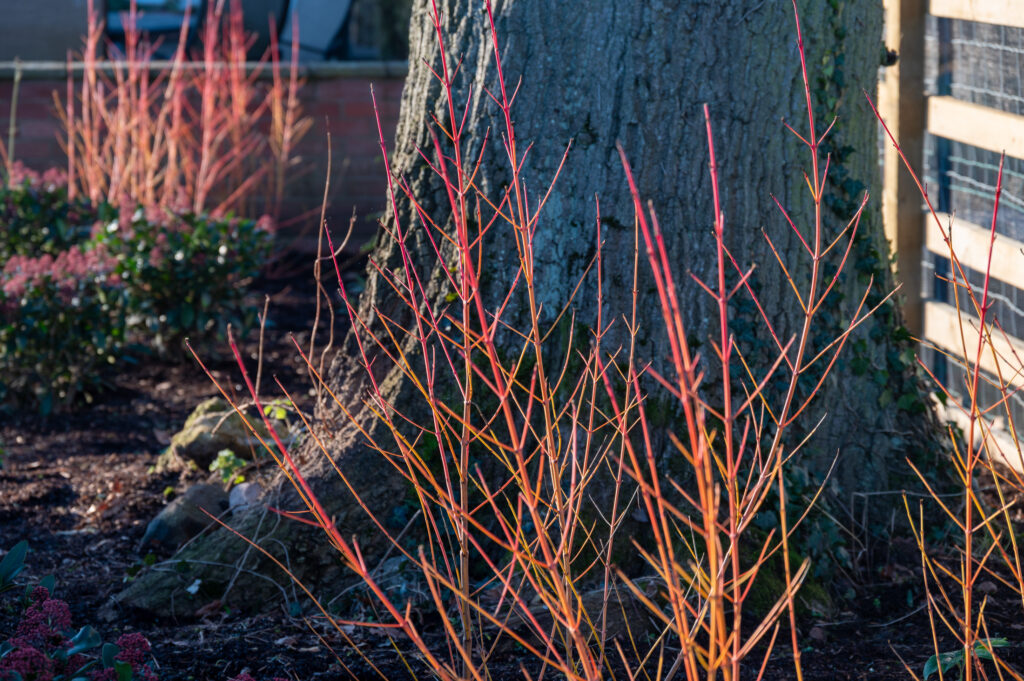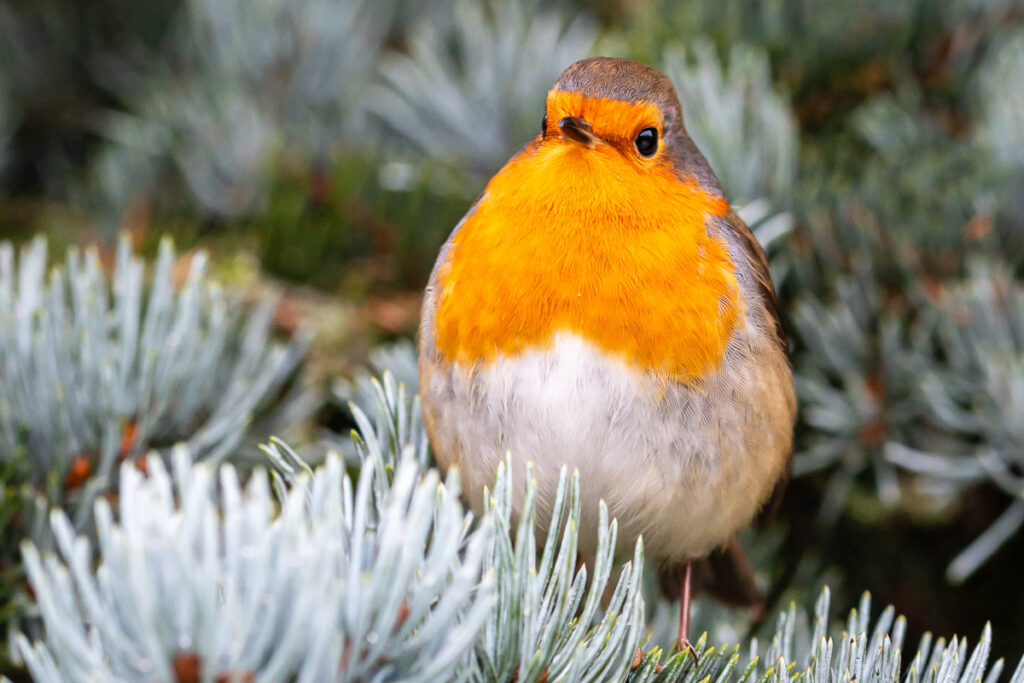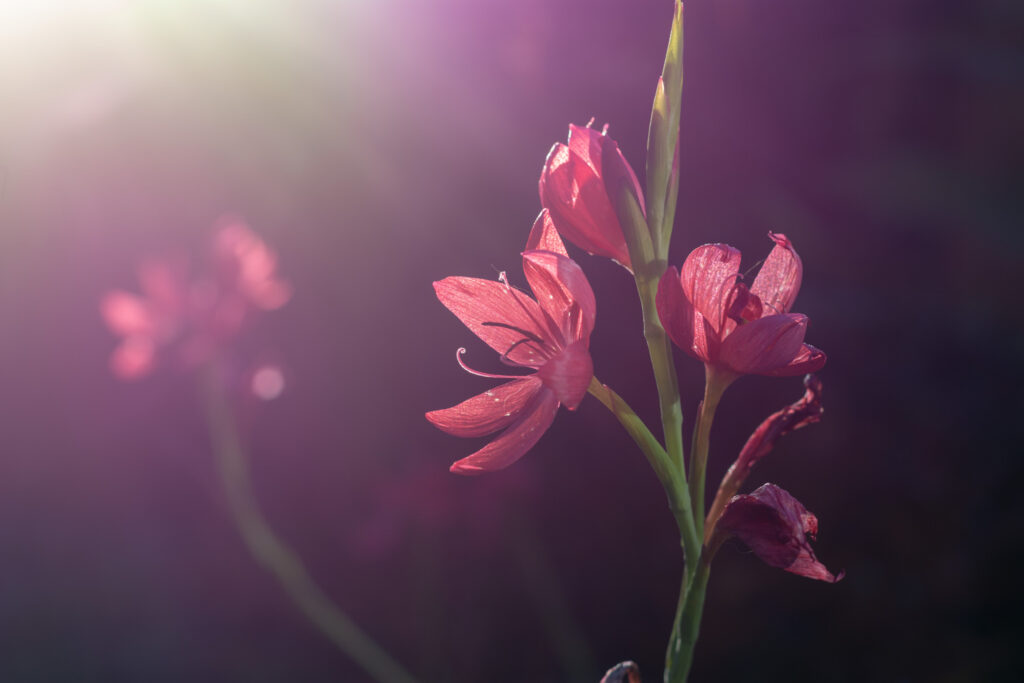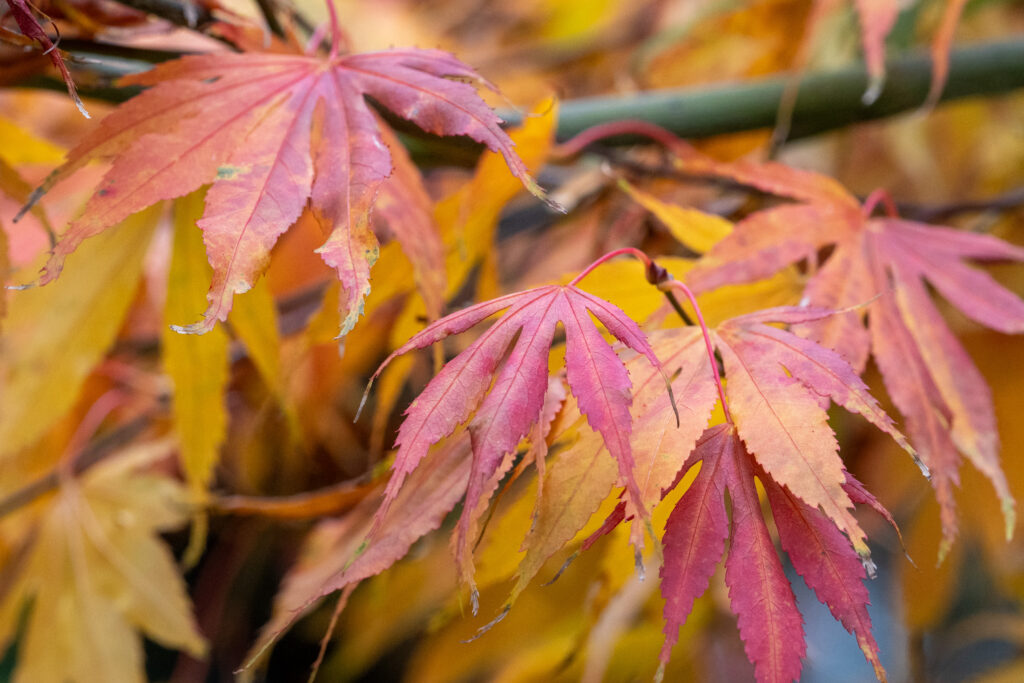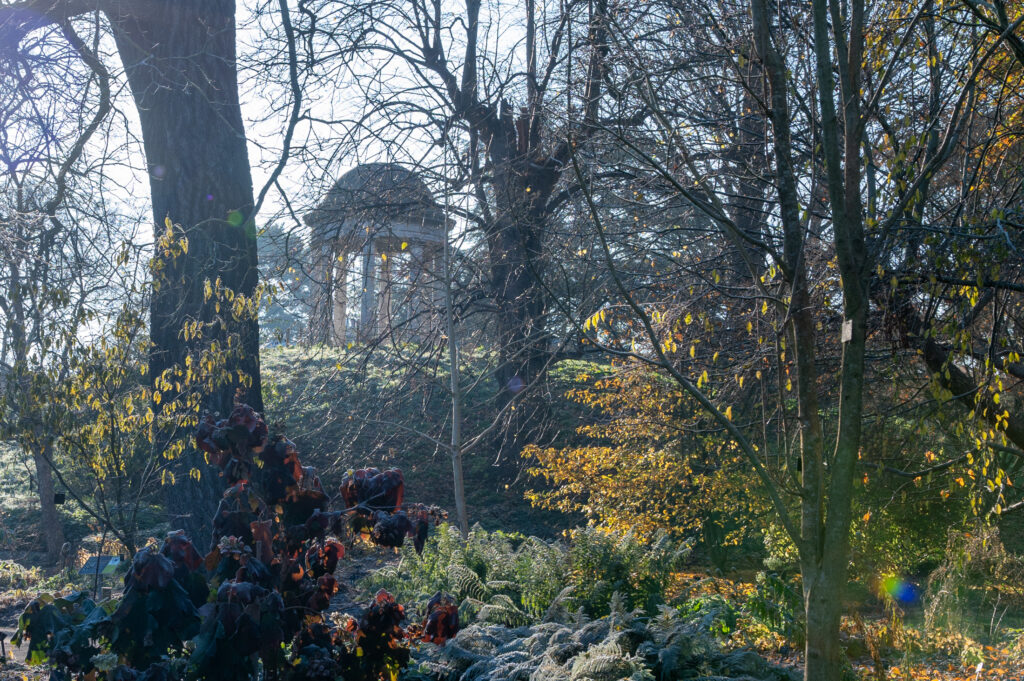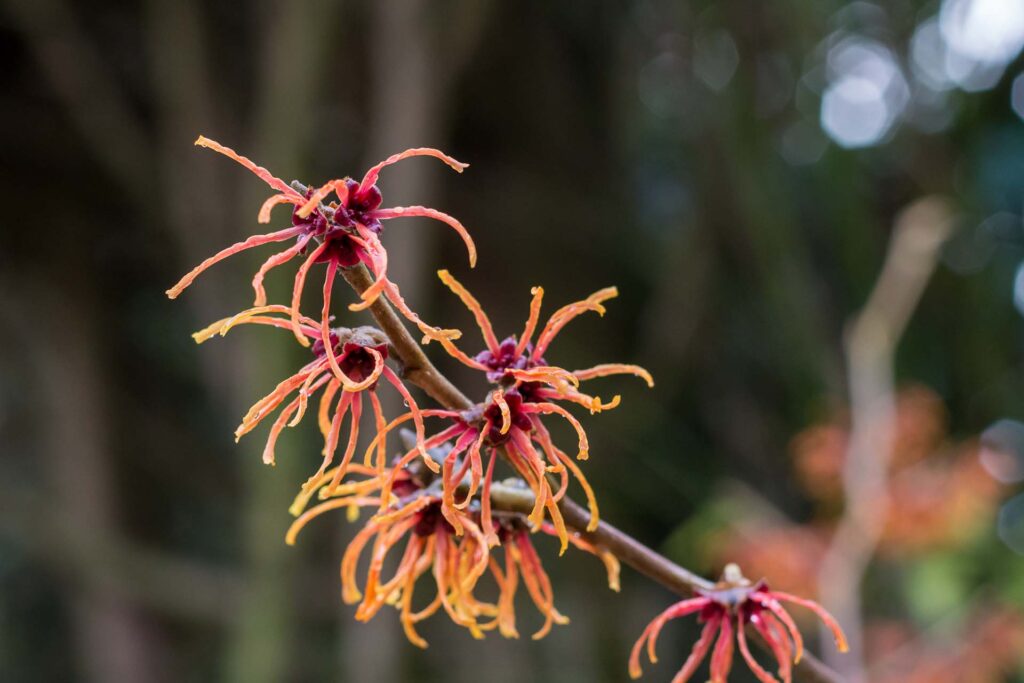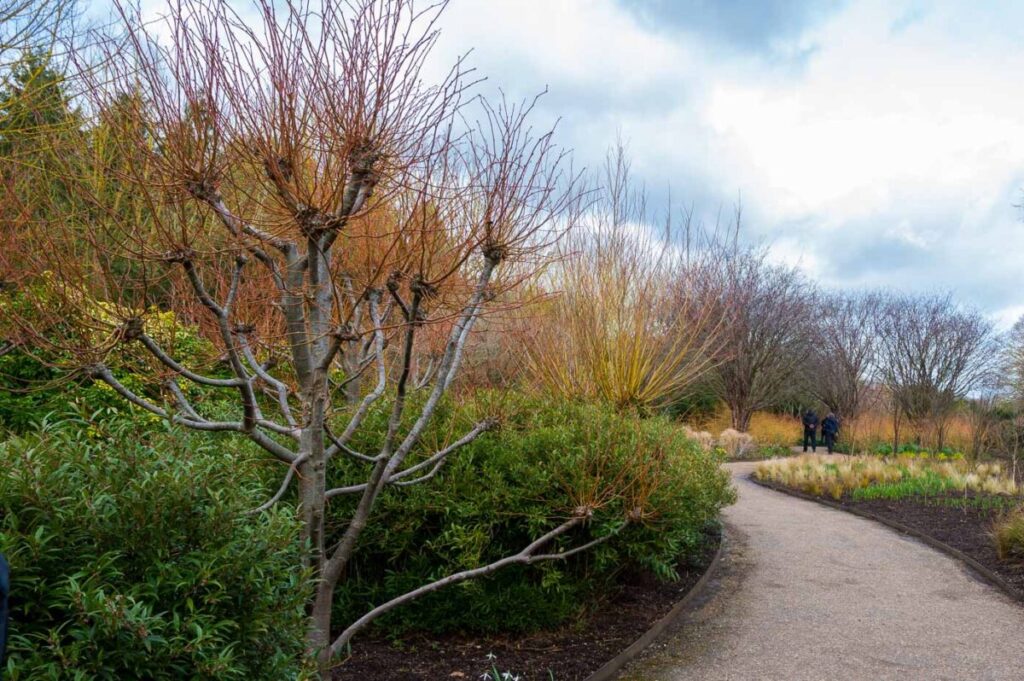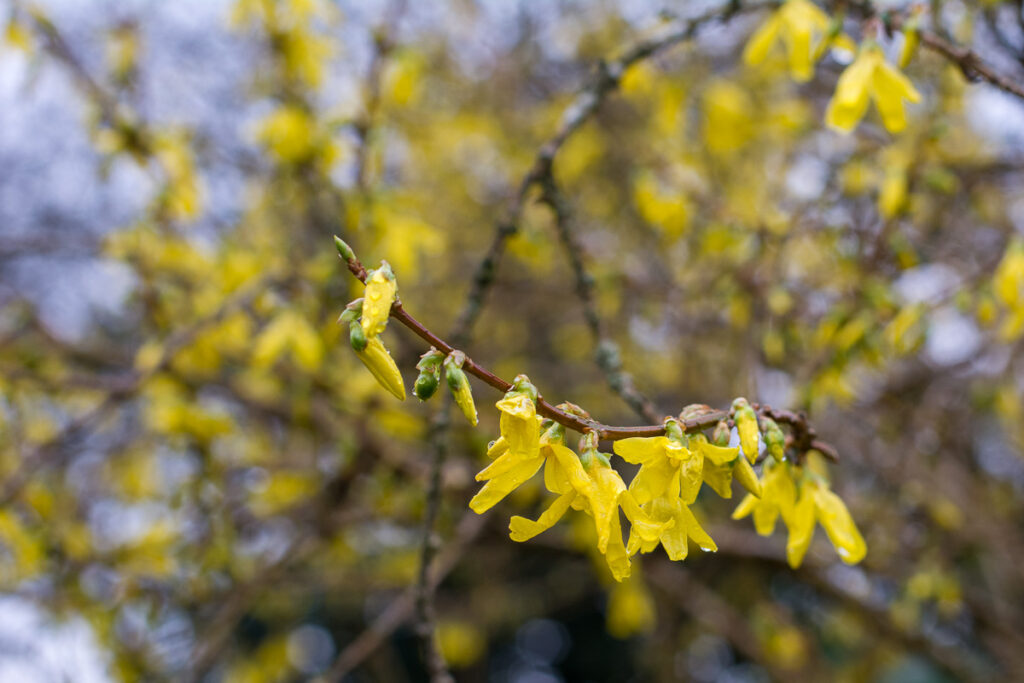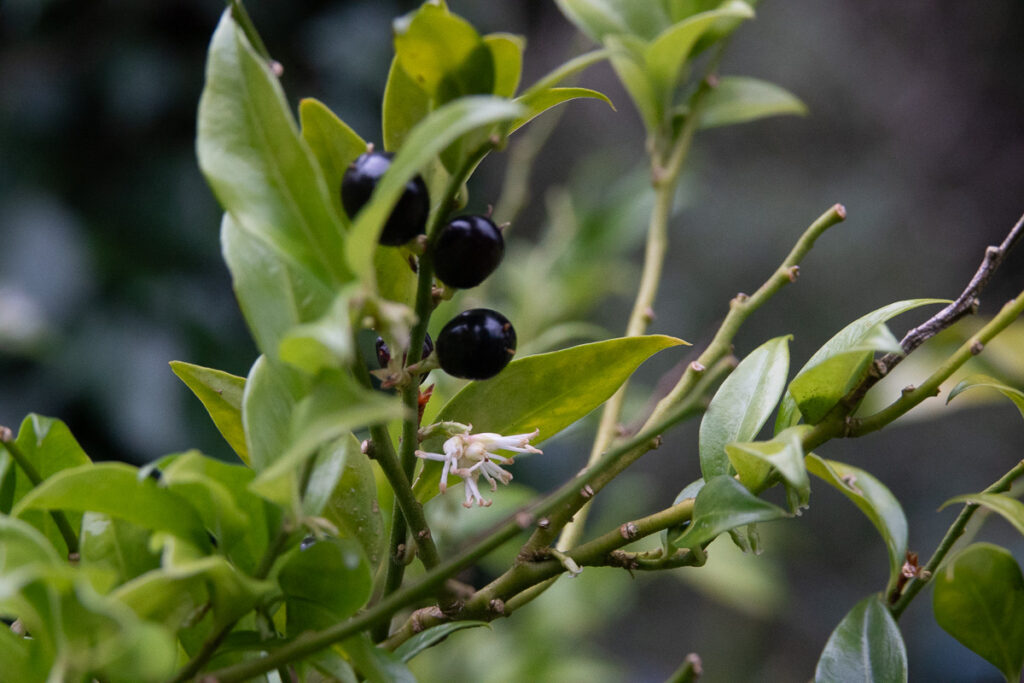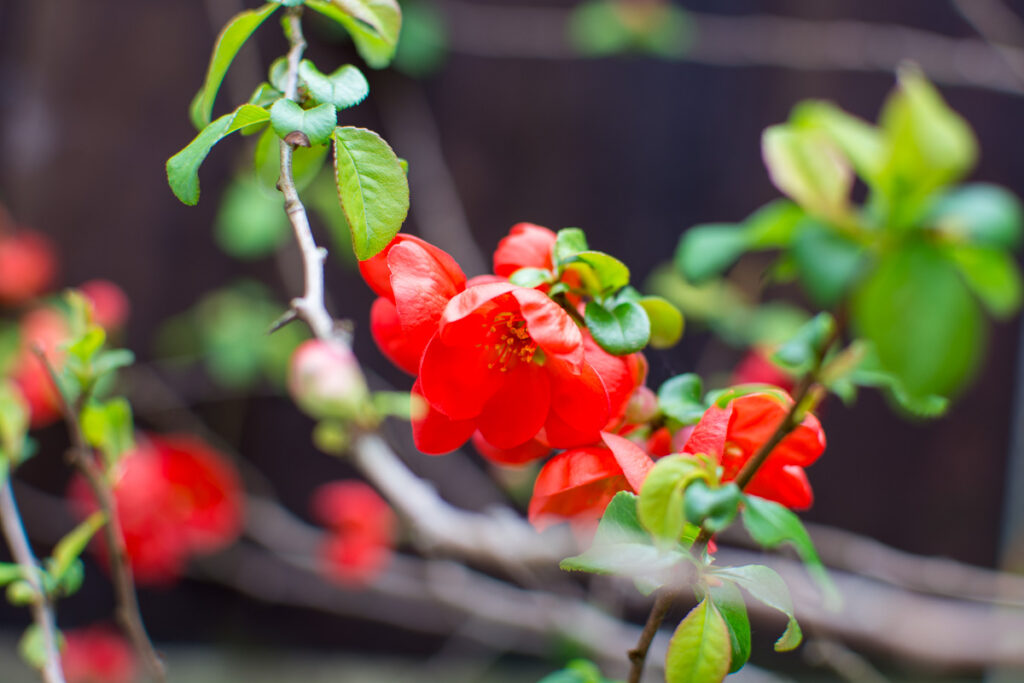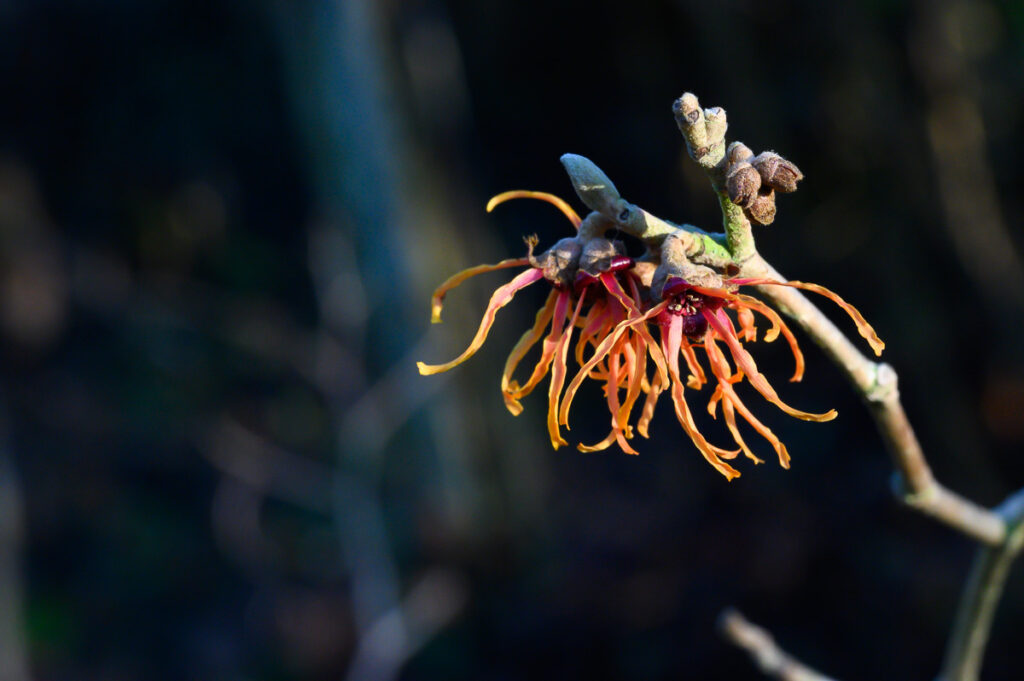February Gardens
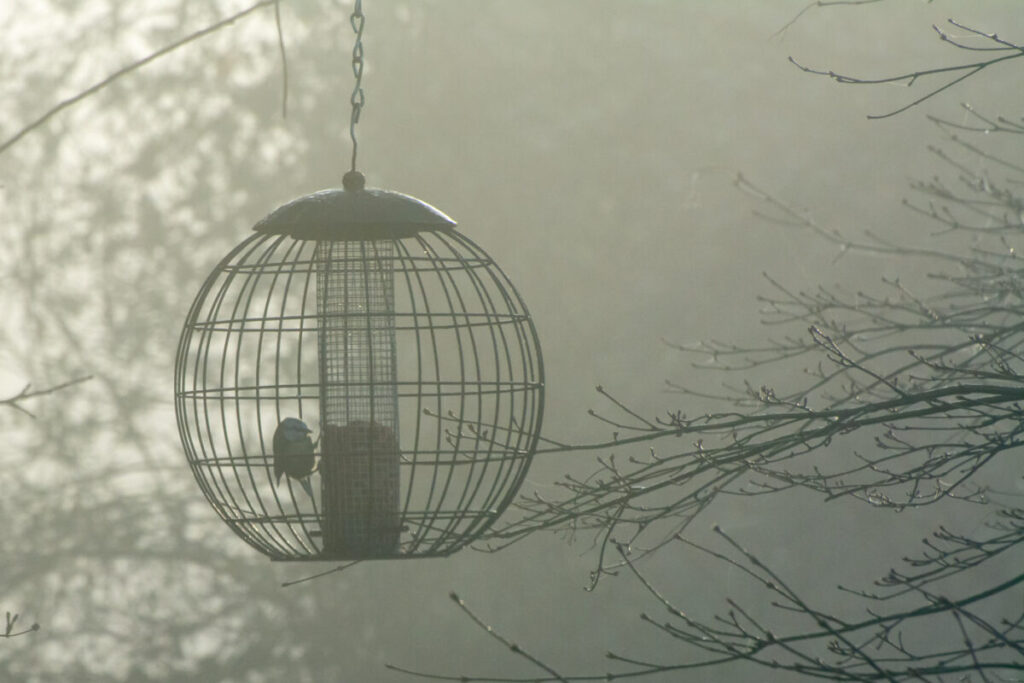
February is usually a cold month and can often be colder than January, but it looks to be another year of changeable weather for us - very wet and unseasonably mild.
This month we really start to notice the days getting that little bit longer and there are often a few sunny days to look forward to too! The warmer days can tempt us outside but don’t be fooled there's still a likelihood of cold winds, heavy frosts and maybe even a sprinkling of snow so remember, early sowing of seeds and planting out may lead to disappointment!
On those days warm enough to get outside and enjoy you’ll be able to see signs of life beginning to stir in and around your garden! Snowdrops and crocuses are already up and flowering in many areas and even the daffodils have made an appearance making everywhere look so much brighter and cheerier! We're already seeing them peeping through in many of our client's gardens here in Kenilworth and Warwickshire.
This month is a really great time to prune trees, roses, shrubs and climbers that are due to be cut back in late winter. Buds are already appearing on many plants and it’s best to finish the winter pruning just before the spring time growth spurt really begins so sooner rather than later is the mantra for this year so far!
Take a walk around the garden on a warmer day and check that your recently planted trees and shrubs haven’t been lifted by the frost or strong winds (known as wind rock). If they have, gently firm them in – those that have been planted the previous year should have had plenty of time to grow out from their root balls.
Last month we mentioned planning what you wanted to do in your garden this year, whether it was making a new veggie bed, to moving or dividing plants through to re-designing part or the entire garden. So, if you are considering having a new veggie bed now is the time to plan for it and a few questions to ask yourself are:
- What do you want to grow?
- What is your budget?
- What size do you want?
- Where will it go?
- What materials can you use?
- How much time to you have to maintain what you grow?
Once you’ve answered those questions it’s time to get started. If there is turf in the area you want to use simply skim it off the surface and then fork over the soil and let the remaining frosts break it down and it will also give it time to settle! Have a look through the seed catalogues or go and visit a local garden centre for inspiration!
February Garden Jobs
There’s still lots to do in the winter garden!
- Put cloches over the ground that you’ll be using for vegetables so the soil can really warm up and be ready for the seeds/seedlings. If you don’t have cloches use clear polythene and ensure it is weighted down at the edges.
- Check garden structures e.g. pergolas, arches, fences and trellis and make any repairs as needed
- Keep ponds free of ice
- Keep bird feeders and water dispensers topped up
- Plan a herb garden/area
- Clean, sharpen and repair tools before the season really gets going
- Continue to remove any debris and rubbish whenever you find it to reduce the risk of infestations of for example, greenfly, blackfly, vine weevils and slugs later in the year
- Check any tubers you are storing for rot
- Begin to sow annuals of both flowers and herbs but keep them in a greenhouse or on a warm windowsill
- Any conifer branches bent out of shape with snow can be coaxed back into place, simply tie in any branches that are spoiling the shape of the tree but make sure it is soft twine or it could cut the branch and frost could get in and damage or kill it
- Remove worm casts from the lawn by using a brush and keep it clear of leaves
- Keep any protective fleeces on your plants a bit longer yet!

